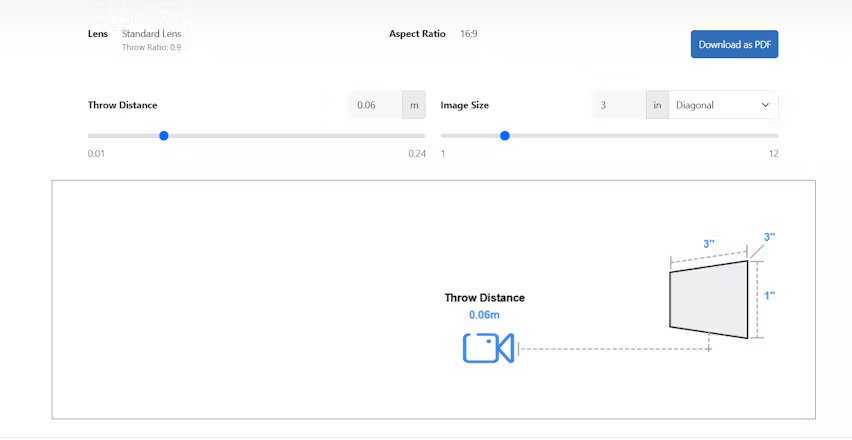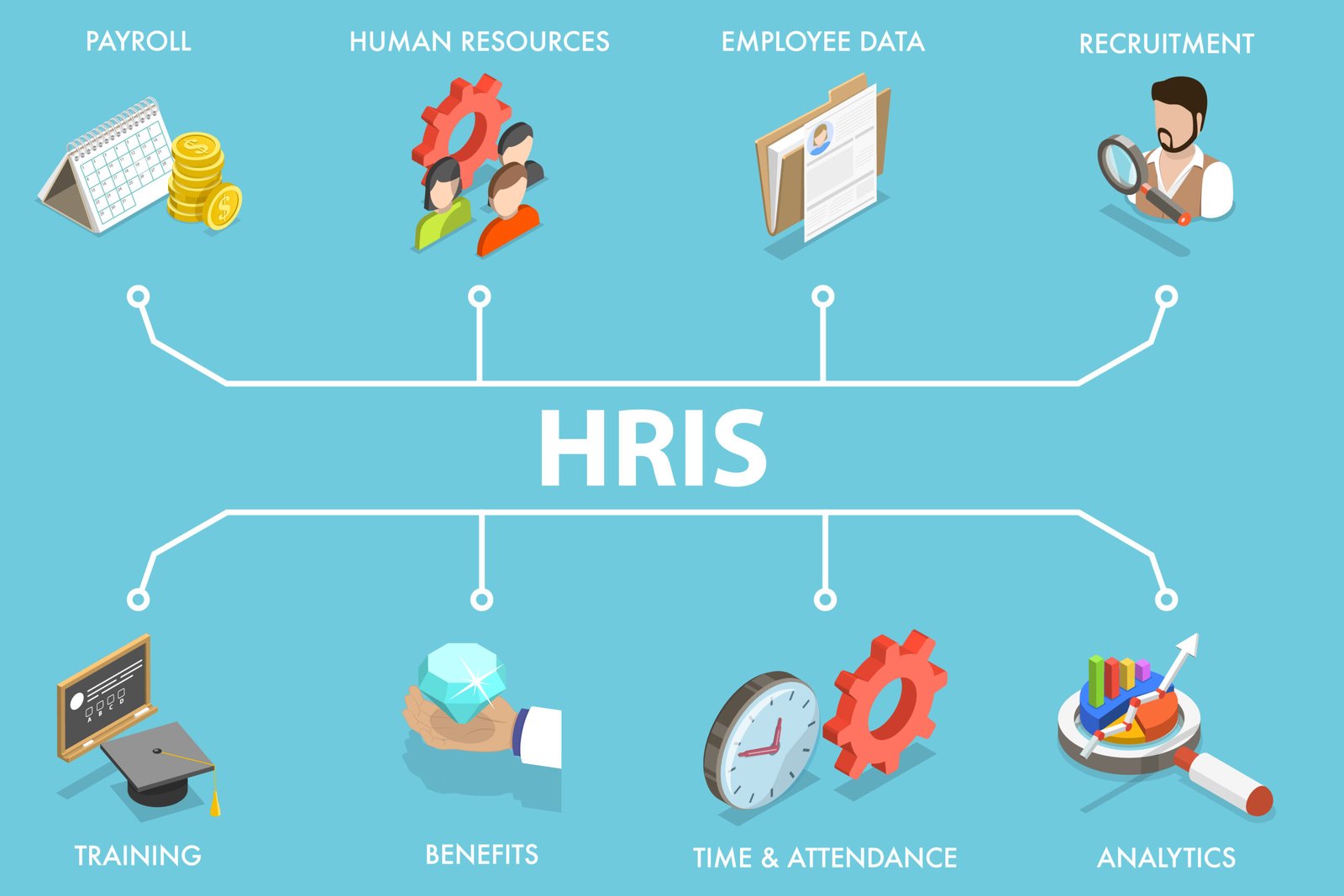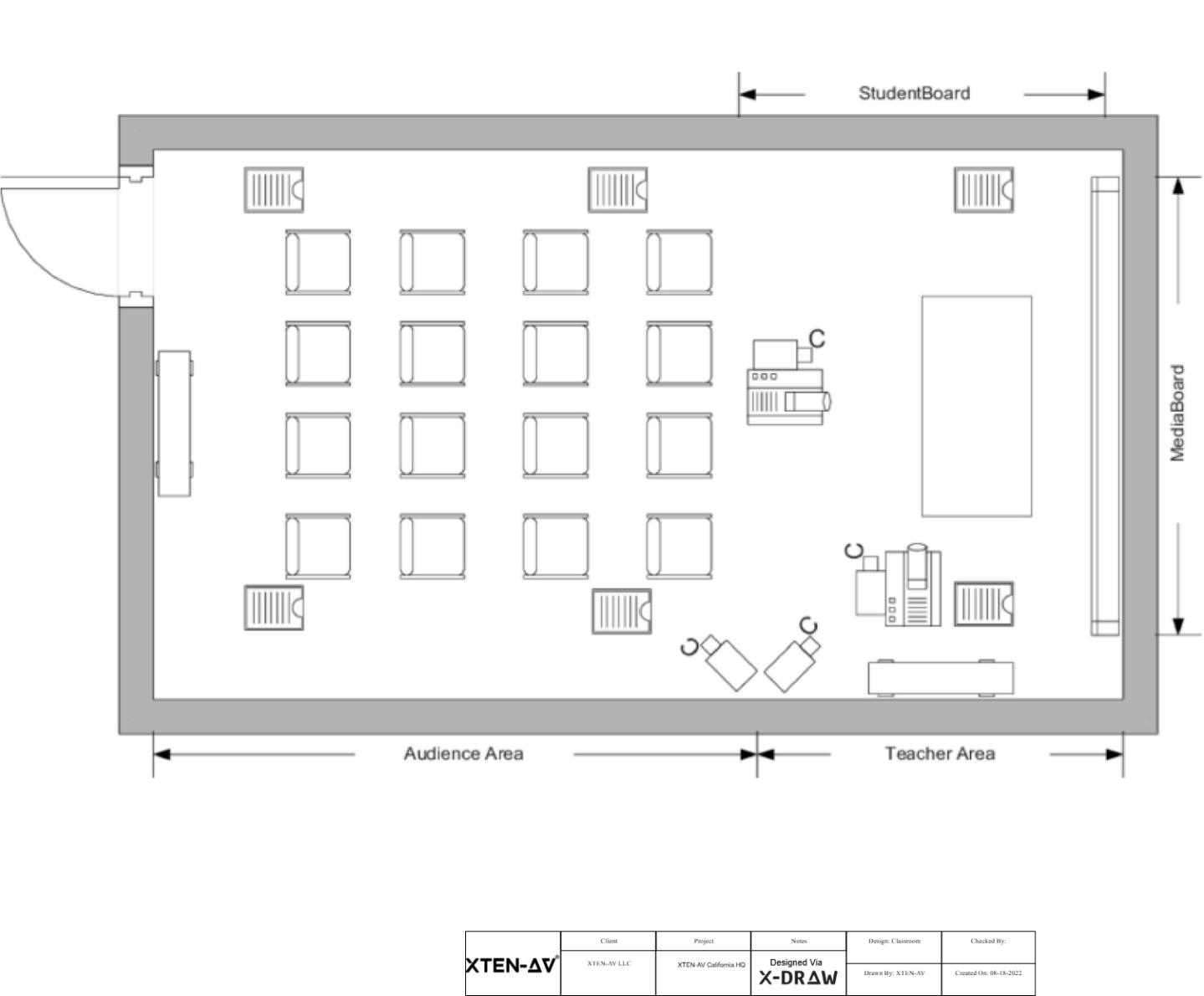The web has come a long way from static pages and basic forms. Today, modern web application development is at the heart of digital innovation. Businesses, startups, and enterprises alike rely on dynamic, scalable, and user-focused web applications to stay competitive. For software companies, staying abreast of the evolving tools, frameworks, and development practices is no longer a matter of choice; it has become a critical survival strategy.
This article delves into the most significant tools and trends shaping modern web application development. So, whether you’re leading a software company, managing a development team, or simply curious about where the industry is heading, you’ll find practical insights worth paying attention to.
The Shift toward Modern Web Application Development
Modern web applications differ significantly from traditional websites. Instead of being static, they are interactive, responsive, and designed to handle complex business logic. Companies now expect web applications to deliver seamless user experiences across devices, integrate with multiple APIs, and support high levels of scalability.
This shift has been driven by changing user expectations, advancements in cloud computing, and the rise of mobile-first solutions. As a result, development has become faster, more modular, and more collaborative. Therefore, to keep pace, software companies must adopt tools and approaches that encourage agility and long-term scalability.
Frameworks That Power Modern Web Applications
A strong framework is the backbone of any modern web application. Developers today have access to a wide range of frameworks that accelerate development while ensuring flexibility and performance.
React.js: Known for its component-based architecture, React makes it easy to build scalable and dynamic user interfaces. Moreover, its vast ecosystem and community support make it a staple for modern front-end development.
Angular: Developed by Google, Angular provides a comprehensive framework with robust tools for building enterprise-grade applications. It excels in handling large-scale projects with complex data flows.
Vue.js: Lightweight yet versatile, Vue has gained popularity for its simplicity and ease of integration. Many startups prefer it because of its balance between flexibility and performance.
Next.js and Nuxt.js: These frameworks take React and Vue to the next level by enabling server-side rendering and static site generation, which improve performance and SEO.
By selecting the right framework, companies can accelerate development cycles and deliver highly optimized applications tailored to their users’ needs.
New-Age Tools for Web Application Development
Alongside frameworks, new-age tools are reshaping how developers approach modern web application development. These tools streamline workflows, improve collaboration, and enhance application performance.
Version Control with Git and GitHub: Essential for Collaborative Coding. Git enables teams to track changes, manage branches, and merge updates efficiently. Overall, GitHub adds layers of project management and integration.
Containerization with Docker: Docker has become indispensable for modern development. It guarantees that applications operate uniformly across various environments through their encapsulation into containers.
Orchestration with Kubernetes: For larger projects, Kubernetes automates the deployment, scaling, and management of containers. Moreover, it is a must for software companies building cloud-native applications.
CI/CD Pipelines: Tools like Jenkins, GitHub Actions, and GitLab CI/CD help developers push updates faster while maintaining reliability. Additionally, continuous integration and deployment have become standard practices for software companies.
Testing Frameworks: Modern applications require robust testing to ensure quality. Tools like Jest, Mocha, and Cypress simplify automated testing and speed up QA processes.
Adopting these tools helps companies reduce friction in development while maintaining high-quality standards.
The Rise of Progressive Web Applications (PWAs)
Progressive Web Applications (PWAs) represent a major trend in contemporary web development. They combine the benefits of online and mobile applications by delivering app-like experiences right from the browser.
PWAs load rapidly, even on slow networks, and can operate offline through service workers. They also provide push notifications and can be installed directly on a user’s home screen without requiring an app store. For software companies, PWAs represent an opportunity to deliver mobile-first solutions without the overhead of native app development.
Furthermore, big names like Twitter and Starbucks have already embraced PWAs, proving their effectiveness in engaging users while keeping costs under control.
Cloud-Native Development and Serverless Architectures
The move to the cloud has transformed modern web application development. Instead of relying on traditional servers, companies now build cloud-native applications that leverage scalable, flexible, and resilient infrastructure.
Serverless Computing: Platforms like AWS Lambda, Google Cloud Functions, and Azure Functions enable developers to run code without managing servers. This reduces infrastructure costs, allowing teams to focus on building features.
Microservices Architecture: Dividing applications into smaller, independent services simplifies scaling and maintenance. Additionally, microservices enable teams to work simultaneously, thereby accelerating development cycles.
API-First Approach: With APIs at the core, modern applications can integrate seamlessly with third-party services, enabling faster innovation and flexibility.
All in all, cloud-native development enables applications to scale efficiently and cost-effectively to meet demand.
Security in Modern Web Application Development
As web applications become more complex, security must be a top priority. Developers currently adopt a proactive security mindset by integrating protective measures at every stage of the development process. Some of the most significant practices encompass:
End-to-End Encryption: Securing all communication between client and server with HTTPS and TLS helps prevent unauthorized data interception.
Strong Authentication and Authorization: The implementation of OAuth 2.0, OpenID Connect, and JSON Web Tokens (JWTs) provides robust mechanisms for user authentication and access management. Multi-factor authentication (MFA) enhances security by incorporating an additional layer of verification protection.
Secure Coding Practices: To prevent vulnerabilities such as SQL injection, cross-site scripting (XSS), and cross-site request forgery (CSRF), code must be thoroughly reviewed, input validated, and sanitized.
DevSecOps Integration: Security is increasingly woven into continuous integration and deployment (CI/CD) pipelines. Automated scans, dependency checks, and penetration testing are conducted early in the development cycle to catch threats before they reach production.
Regular Patching and Dependency Management: Third-party libraries are essential to many contemporary applications. Keeping dependencies up-to-date reduces the risk of introducing vulnerabilities through outdated components.
Software companies that treat security as an afterthought often face higher risks of data breaches and reputational damage. Proactive security measures ensure applications remain trustworthy and resilient.
Emerging Trend: Web3 and Decentralized Applications
Another area gaining traction is the shift toward decentralized technologies. Web3 presents ideas like decentralized apps (dApps), smart contracts, and blockchain technology. For developers, this means exploring new ways to build trustless systems, where data and transactions are distributed rather than controlled by a single entity. Although Web3 is still in its nascent phase, its capacity to transform finance, supply chains, and digital identity is evident and undeniable.
Therefore, forward-looking software companies are already experimenting with decentralized applications to stay ahead of the curve.
Final Thoughts: Staying Ahead in a Fast-Changing Landscape
Modern web application development is a constantly evolving field. Tools, frameworks, and practices that are standard today may become outdated tomorrow. Therefore, for software companies, staying ahead requires a commitment to continuous learning, experimentation, and the adoption of emerging technologies.
The companies that succeed in this space will be those that strike a balance between innovation, reliability, security, and user-centric design. By embracing frameworks like React or Angular, tools like Docker and Kubernetes, and trends such as PWAs or Web3, businesses can build applications that not only meet current demands but also anticipate future needs.
Ultimately, the goal of modern web application development isn’t just about building software, but about creating digital experiences that empower users and drive business growth.













Leave a Reply